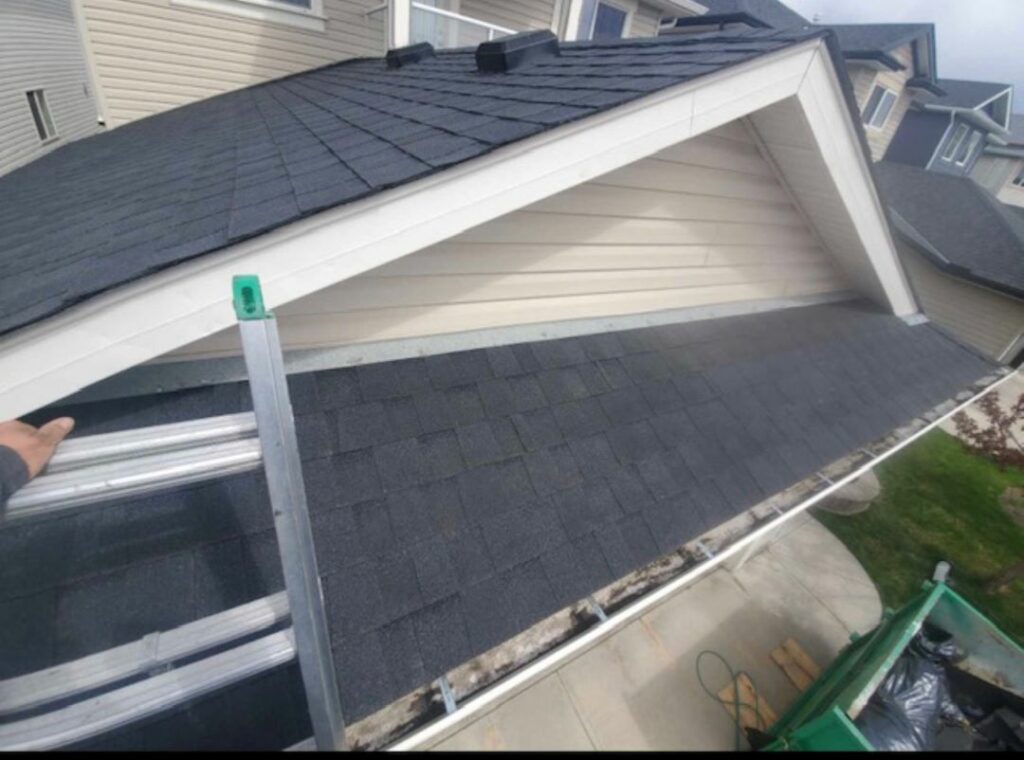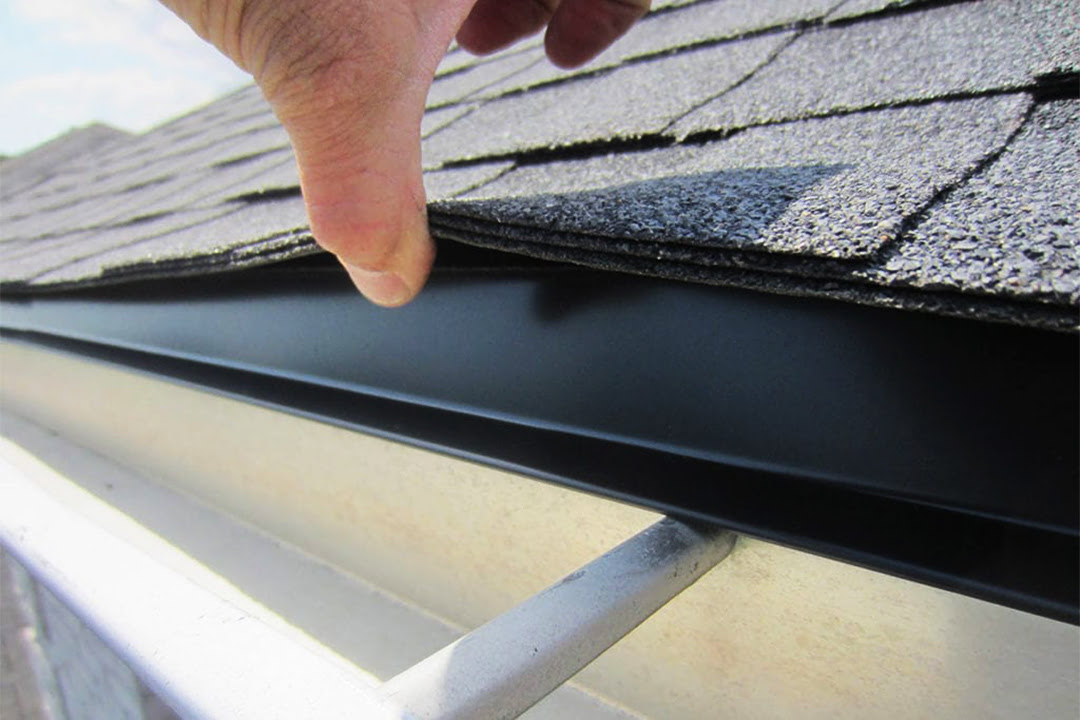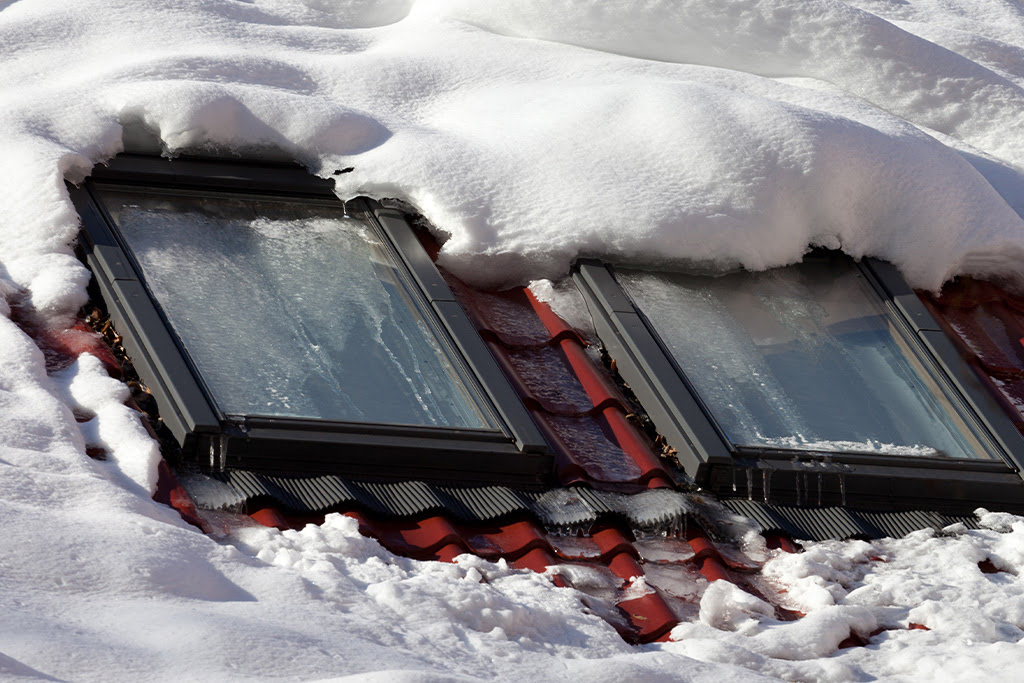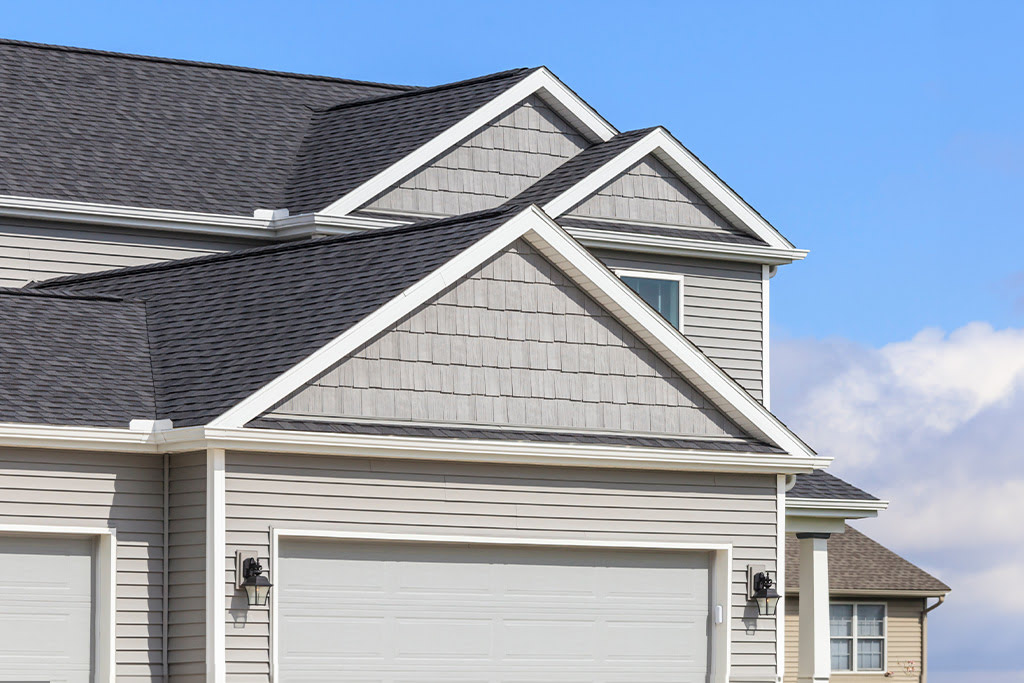Roof flashing is vital for maintaining the quality and reliability of your roof. If you haven’t heard of roof flashing before, don’t panic—we’ll go over what it is, how it works, and when yours might need to be replaced. At Guns n Hoses, we don’t only provide roof replacements and repairs, we’re also happy to share our expertise to...

Roof flashing is vital for maintaining the quality and reliability of your roof. If you haven’t heard of roof flashing before, don’t panic—we’ll go over what it is, how it works, and when yours might need to be replaced. At Guns n Hoses, we don’t only provide roof replacements and repairs, we’re also happy to share our expertise to help you learn about your home’s exterior and insulation needs.
See Also: Roofing Repair Services

What Is Roof Flashing?
Have you ever noticed the metal sheets on your roof, chimney, or pipes? These sheets make up the roof flashing of your home and are there to protect your home from water damage and leaks.
How Does It Work?
The way flashing works has to do with the placement of the metal sheets. Depending on the location of the flashing, it may be placed differently. Flashing is placed purposely in different ways to direct pooling water away from the parts of your roof that are most susceptible to damage from moisture, like the joints or seams.
The Role Roof Flashing Plays in Your Home’s Envelope
Your home’s building envelope (also called the shell) separates the inside of your home from the outside. It includes the roof, walls, windows, doors, and foundations. The envelope protects your home from the outdoor elements and helps maintain temperature control.
Flashing plays an important role in your home’s envelope by keeping outdoor elements like water from getting into your roof and walls. It protects the underlay that sits under the shingles and the first layer of roofing, which is called the deck.

Roof Flashing Installation
Typically, roof flashing is placed before shingles are laid down. If shingles are already laid down, they will have to be removed to properly replace any damaged flashing.
Flashing is installed by starting at the corners located on your roof and working inward. Different methods are used to place the flashing around the roof.
Different Roof Flashing Types & Techniques
Although galvanized steel is the most commonly used metal for flashing, other metals may be used such as aluminum and copper. There are also different methods to roof flashing that depend on where the flashing is being placed. Let’s go over the most common types of flashing and where each would be installed on your roof.

Step Flashing
Step flashing is used against the sides of any walls or chimneys the roof bumps into. In step flashing, the metal is bent at a 90 degree angle and placed underneath the shingle, against the wall it is being applied to. This process is repeated going upward to create a slope and prevent any openings for water to creep into.
Continuous Flashing
Continuous flashing, also known as apron flashing, is a long piece of metal that is cut to direct water down to the shingles from the base of a wall, window, or dormer. Although continuous flashing is sometimes used on walls and chimneys that bump into the roof, it is most commonly used around windows and dormers.
Counter Flashing
Counter flashing is sometimes confused with step flashing, since it has the appearance of steps. However, unlike step flashing, counter flashing is performed by cutting into walls made of stone or masonry that connect to the roof. This is done by sawing into the mortar joint.
Roof Flashing Replacement
Some signs of worn out flashing are obvious, but others are less apparent. For example, if you have step flashing, it won’t be visible since it’s underneath the shingles on your roof—so how do you know when it’s time to repair or replace it? Let’s go over some indicators that your flashing needs professional attention.
Visible Blemishes on Exposed Flashing
Weather elements like hail, heavy snow, or harsh winds can damage your flashing. A common sign that your flashing needs to be repaired is if you notice any rusting of the metal.
Additionally, any holes, dents, or cracks are a sure sign that it’s time to repair flashing. Failing to repair these issues can introduce water into your roof and into your home, causing water damage.
You should also inspect your flashing if you notice any interior leaks near windows, skylights, or fireplaces. These can all be signs that your flashing needs repairs.
Age of Roof Flashing
Roof flashing typically lasts between 10 and 20 years, but this will vary depending on the impacts from weather. In areas like Calgary, we often experience heavy snow in the winter and this can take a toll on your flashing. Replacing your flashing before it gets damaged will save you costly repairs from water damage.
Other Factors to Consider
If you are thinking of replacing your roof, but are unsure of whether your flashing needs replacing as well, we suggest you get a professional opinion. We also recommend that you check your roof annually to stay on top of any maintenance and avoid costly repairs resulting from water damage.
Don’t Cut Corners—Choose the Experts
Roof flashing plays an essential role in keeping water from entering into your home by directing water away from pooling areas. With such harsh winters in Calgary, it’s important to stay on top of the maintenance of your roof. The professionals at Guns n Hoses have extensive experience for all your roofing, exterior, and insulation needs. Contact our experts to get a quote!
Roof Flashing FAQs
How Much Does It Cost to Install Flashing?
The cost to install flashing will vary from home to home, and depend on the size of the roof. Some homes may need more flashing placed if they have numerous walls or chimneys butting up against the roof. Flashing repairs can range from $150 to $3000 depending on how minor or major the replacement is.
What Are the Signs that Flashing was Improperly Installed?
Reused flashing materials can be a dead giveaway that your flashing was installed incorrectly. Poor roofing companies often reuse flashing when doing roof repairs to save them time and cut corners.
Sometimes, low-quality roofing companies will also use shingles as flashing material and attach these shingles in places where metal flashing should be. These issues cost the homeowner more time and money since they make leaks all but inevitable.

What Do I Do If Water Gets Between My Fascia and Eavestrough?
Check your drip edge. The drip edge is part of the roof flashing that acts as a barrier to cover the gaps between the shingles and the eavestroughs. The drip edge allows the water to run directly into the water, rather than between the fascia and eavestroughs.
If the drip edge is in good condition and water is still dripping between your fascia and eavestroughs, this could mean that your eavestroughs are loose. Sometimes tightening the brackets holding the eavestroughs in place is an easy fix.
If water is still leaking after tightening the brackets, you may need to replace the eavestroughs altogether. Contact us if you have any questions about your roof or your house’s exterior.



